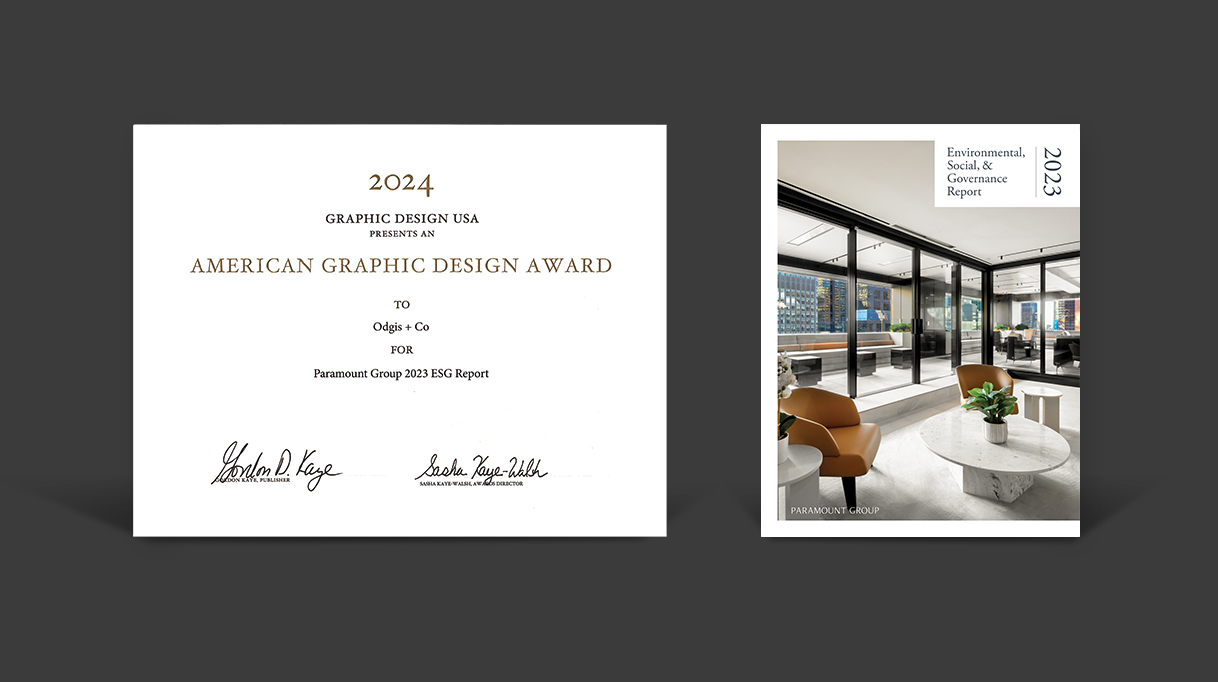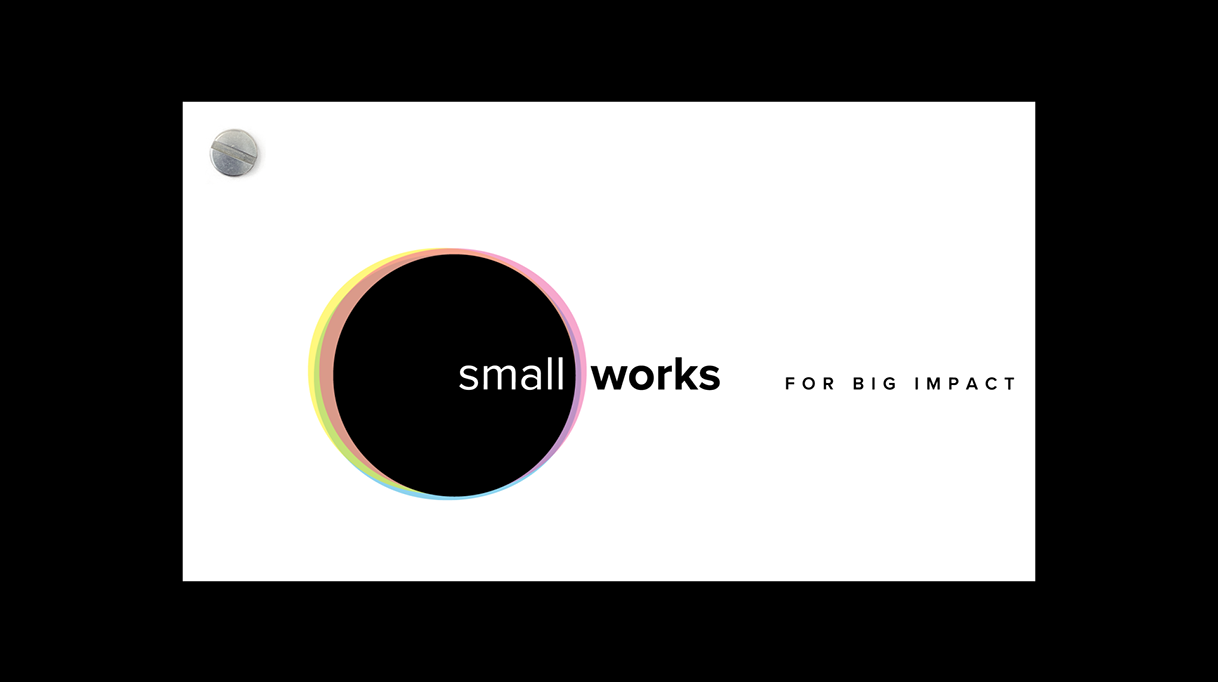Naming Your Brand
An idea is born when you name it. This identification breathes life and form into the abstract, creating a platform on which to build characteristics, behaviors and personality. A brand is a combination of elements that work on many levels to define and express an idea, company, product or service. One of the most important parts of your brand is your name.
Prior to the start of any visual branding make sure it is a name that you can own. Do a Google search for others that might be using that name. Are they in your industry? Can you buy a URL with your new name in it? Consider consulting a trademark lawyer before you move ahead to make sure there are no conflicts. If your business is international that name search must extend to those countries that you are doing business.
If you find yourself tasked with naming a new company or product, you will soon discover that naming is fiendishly difficult. Beyond the challenge of generating easy to say and spell ideas that reflect your brand’s position, you will need to create marks that are legally defensible and available as URLs.
For these reasons and more, there are no shortcuts to brand naming—most naming projects take anywhere from three weeks to multiple months. There are, however, some ways you can prime the creative pump. One of these is to become familiar with the different categories of brand names. There are numerous categories to consider, but the most common are descriptive, metaphoric, suggestive and neologic. Let’s take a look at each.
Descriptive names use literal language to describe a company, product or service. Examples of such marks include BestBuy (electronics), Google Maps (wayfaring tool) and The Container Store (household organizing goods). These demonstrate that descriptive names can work. But more than any other kind of name, descriptive names run the risk of being bland. They can also be too generic for trademark protection. If you opt to go this route, proceed with caution.
A metaphor is a figure of speech in which a word or phrase is applied to an object or action to which it is not literally applicable. Metaphorical names can tie clearly to a brand’s attributes or have no apparent connection to the product or company. Think of Dove, the personal care product company. Doves evokes softness, peace and tranquility. These qualities immediately map to the company’s pure and gentle products.
On the other hand, a metaphorical name like Apple doesn’t immediately lend itself to technology products. An apple, however, could allude to relevant ideas such as the Tree of Knowledge, streamlined design and/or uniqueness (at the time of Apple’s naming, naming a computer after a fruit was a first). For these reasons metaphorical names like Apple are often referred to as empty vessel names—they can hold whatever meaning you wish.
Suggestive names hover between descriptive and metaphorical names. By way of analogy, if descriptive names are blue and metaphoric names red, suggestive names are purple. Curves—a company dedicated to helping women lose weight through fitness—is a strong suggestive name.
Another is Blue Apron, the home delivery meal kit. Since chefs wear blue aprons when learning to cook, the name points to student or amateur cooks in the kitchen. Another great suggestive name is Tossed, a salad eatery whose name is as fresh and lively as the greens it serves.
Shakespeare reputedly created seventeen hundred neologisms, including such wonders as courtship, hobnob and moonbeam. Invented names are created by joining or blending existing words, adding suffixes and prefixes, and using nouns, verbs and adjectives in bold and unusual ways.
Lunesta, a sleeping pill, is a superior lexical invention as it combines the Latin word for ‘moon’ with a clipped form of ‘siesta’. Neological names can lean either suggestive, as Lunesta does, or be more descriptive like the floor cleaner Swiffer—a name composed from “sweep” and “swift”.
Understanding naming categories or styles is just one of many things you will need to know before jumping into actual name development. And while knowledge alone won’t ensure you reach the finish line—naming is both an art and a science—the more you understand about the world of brand naming, the better your chance of developing a winning mark for your company, service, or product.
By Janet Odgis
Read this article on LinkedIn.
Odgis + Co is an award-winning brand design studio based in New York City. We Make Business Beautiful.
Prior to the start of any visual branding make sure it is a name that you can own. Do a Google search for others that might be using that name. Are they in your industry? Can you buy a URL with your new name in it? Consider consulting a trademark lawyer before you move ahead to make sure there are no conflicts. If your business is international that name search must extend to those countries that you are doing business.
Elements of Style
If you find yourself tasked with naming a new company or product, you will soon discover that naming is fiendishly difficult. Beyond the challenge of generating easy to say and spell ideas that reflect your brand’s position, you will need to create marks that are legally defensible and available as URLs.
For these reasons and more, there are no shortcuts to brand naming—most naming projects take anywhere from three weeks to multiple months. There are, however, some ways you can prime the creative pump. One of these is to become familiar with the different categories of brand names. There are numerous categories to consider, but the most common are descriptive, metaphoric, suggestive and neologic. Let’s take a look at each.
Descriptive
Descriptive names use literal language to describe a company, product or service. Examples of such marks include BestBuy (electronics), Google Maps (wayfaring tool) and The Container Store (household organizing goods). These demonstrate that descriptive names can work. But more than any other kind of name, descriptive names run the risk of being bland. They can also be too generic for trademark protection. If you opt to go this route, proceed with caution.
Metaphoric
A metaphor is a figure of speech in which a word or phrase is applied to an object or action to which it is not literally applicable. Metaphorical names can tie clearly to a brand’s attributes or have no apparent connection to the product or company. Think of Dove, the personal care product company. Doves evokes softness, peace and tranquility. These qualities immediately map to the company’s pure and gentle products.
On the other hand, a metaphorical name like Apple doesn’t immediately lend itself to technology products. An apple, however, could allude to relevant ideas such as the Tree of Knowledge, streamlined design and/or uniqueness (at the time of Apple’s naming, naming a computer after a fruit was a first). For these reasons metaphorical names like Apple are often referred to as empty vessel names—they can hold whatever meaning you wish.
Suggestive
Suggestive names hover between descriptive and metaphorical names. By way of analogy, if descriptive names are blue and metaphoric names red, suggestive names are purple. Curves—a company dedicated to helping women lose weight through fitness—is a strong suggestive name.
Another is Blue Apron, the home delivery meal kit. Since chefs wear blue aprons when learning to cook, the name points to student or amateur cooks in the kitchen. Another great suggestive name is Tossed, a salad eatery whose name is as fresh and lively as the greens it serves.
Neologic
Shakespeare reputedly created seventeen hundred neologisms, including such wonders as courtship, hobnob and moonbeam. Invented names are created by joining or blending existing words, adding suffixes and prefixes, and using nouns, verbs and adjectives in bold and unusual ways.
Lunesta, a sleeping pill, is a superior lexical invention as it combines the Latin word for ‘moon’ with a clipped form of ‘siesta’. Neological names can lean either suggestive, as Lunesta does, or be more descriptive like the floor cleaner Swiffer—a name composed from “sweep” and “swift”.
To Reach the Finish Line
Understanding naming categories or styles is just one of many things you will need to know before jumping into actual name development. And while knowledge alone won’t ensure you reach the finish line—naming is both an art and a science—the more you understand about the world of brand naming, the better your chance of developing a winning mark for your company, service, or product.
By Janet Odgis
Read this article on LinkedIn.
Odgis + Co is an award-winning brand design studio based in New York City. We Make Business Beautiful.



